Home>Furniture & Design>Interior Design Trends>What Makes Glass
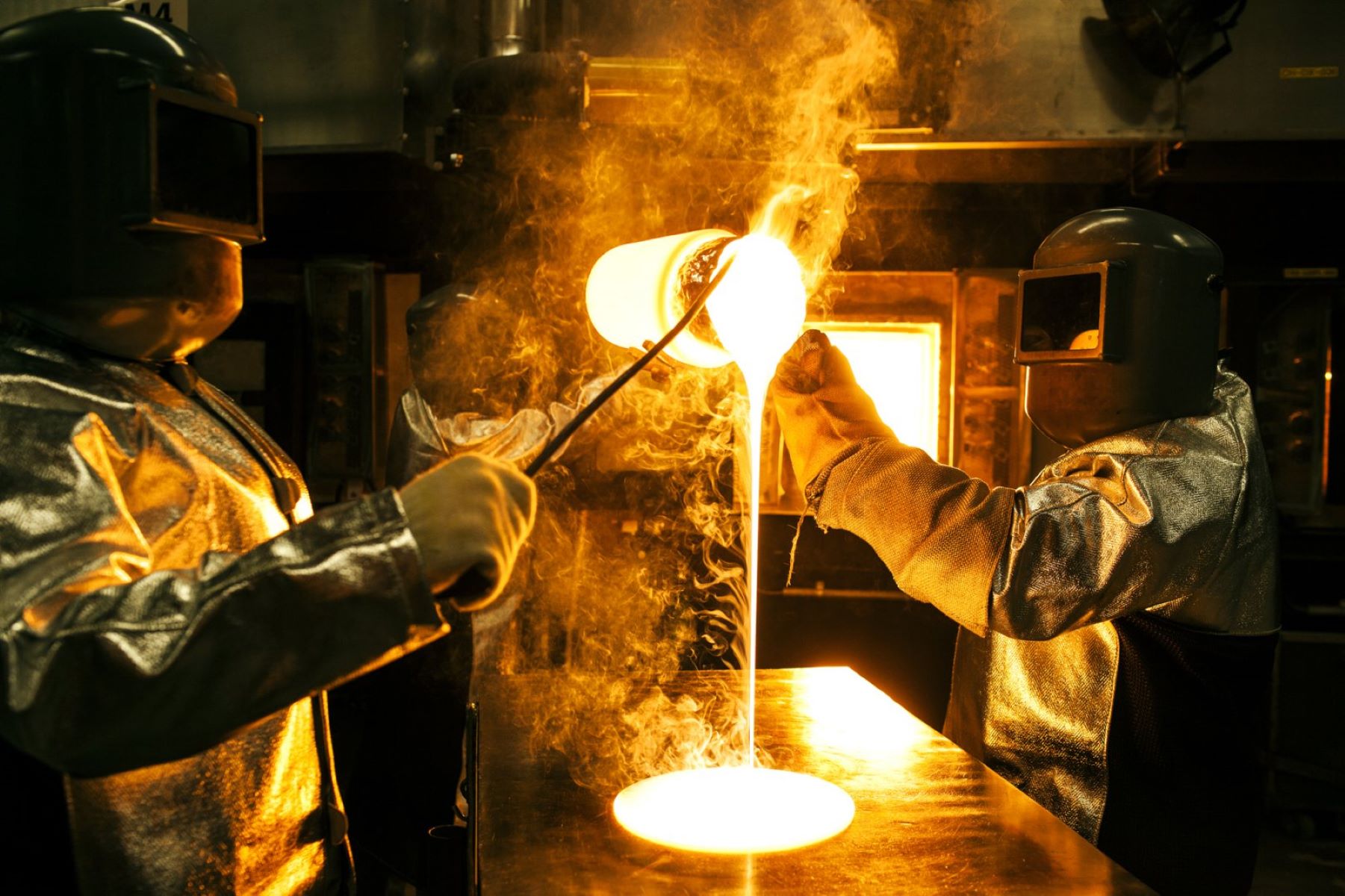

Interior Design Trends
What Makes Glass
Modified: February 18, 2024
Discover the latest interior design trends with our insightful guide on what makes glass a standout feature in modern decor. Explore innovative ideas and inspiration for incorporating glass into your interior design projects.
(Many of the links in this article redirect to a specific reviewed product. Your purchase of these products through affiliate links helps to generate commission for Storables.com, at no extra cost. Learn more)
Introduction
Glass is a versatile and ubiquitous material that has been an integral part of human civilization for centuries. Its transparent and translucent nature allows light to pass through, making it an essential element in architecture, design, and everyday objects. From the windows in our homes to the screens of our smartphones, glass surrounds us in various forms, serving both functional and aesthetic purposes.
The allure of glass lies in its ability to seamlessly blend into any environment while adding a touch of sophistication and modernity. Its unique properties, such as transparency, durability, and recyclability, make it a preferred choice for designers, architects, and manufacturers across diverse industries.
As a material, glass has evolved significantly over time, with advancements in technology and innovation leading to the creation of specialized types of glass tailored to specific applications. From traditional soda-lime glass to high-tech tempered glass, the versatility of this material continues to expand, offering solutions to complex design and engineering challenges.
In this article, we will delve into the fascinating world of glass, exploring its composition, manufacturing process, types, properties, and common uses. By gaining a deeper understanding of this remarkable material, we can appreciate its significance in shaping the modern world and driving innovation in design and construction. Whether you are a design enthusiast, a professional in the architecture and interior design industry, or simply curious about the materials that surround you, this exploration of glass will provide valuable insights into its multifaceted nature and enduring appeal.
Key Takeaways:
- Glass is a versatile material made from natural elements like sand, soda ash, and limestone. It can be shaped into different forms and has properties like transparency, durability, and recyclability, making it essential in design and technology.
- The manufacturing process of glass involves heating raw materials to create a molten liquid that can be shaped and cooled to form various types of glass. From everyday items like windows and bottles to specialized glass for architecture and technology, glass serves a wide range of purposes.
Read more: What To Make With Sea Glass
The Composition of Glass
Glass, a substance with a rich history dating back thousands of years, is a fusion of natural elements transformed through a meticulous manufacturing process. At its core, glass is primarily composed of silica, a compound derived from sand, making it a product of the earth itself. This fundamental ingredient provides glass with its defining characteristics, including transparency, malleability, and the ability to transmit light.
In its purest form, glass consists of silica (silicon dioxide) as the main component, along with soda ash (sodium carbonate) and limestone (calcium carbonate) as additional ingredients. These elements undergo a complex fusion process at high temperatures, resulting in the formation of an amorphous solid that is neither a liquid nor a conventional solid. This unique state gives glass its distinct properties, such as its smooth surface, resistance to corrosion, and the ability to be shaped into various forms.
The addition of other elements during the manufacturing process can further enhance the properties of glass, leading to the creation of specialized variants tailored for specific applications. For instance, the introduction of metal oxides, such as iron, cobalt, or selenium, can impart color to the glass, allowing for the production of vibrant stained glass windows or decorative art pieces.
Moreover, the composition of glass can be modified to achieve specific characteristics, such as increased strength or thermal resistance, by incorporating elements like boron or alumina into the mix. These adjustments in composition enable the creation of tempered glass for architectural use, heat-resistant glass for industrial applications, and durable glassware for everyday use.
In essence, the composition of glass is a delicate balance of natural elements and carefully selected additives, resulting in a material that transcends its humble origins to become an essential component of modern design and technology. Understanding the intricate blend of components that form glass provides a deeper appreciation for its versatility and the myriad possibilities it offers in shaping the world around us.
The Manufacturing Process of Glass
The manufacturing process of glass is a fascinating journey that begins with the transformation of raw materials into a molten liquid that can be shaped and molded into various forms. This intricate process involves a series of carefully orchestrated steps, each playing a crucial role in the creation of this versatile material.
The first stage of glass production involves the selection and preparation of raw materials, primarily silica sand, soda ash, and limestone. These ingredients are meticulously measured and mixed to achieve the desired chemical composition, ensuring the optimal properties of the final glass product. The carefully curated blend is then fed into a furnace, where it undergoes a high-temperature fusion process, reaching temperatures exceeding 1700°C (3092°F).
As the raw materials are heated to their melting point, they transform into a viscous liquid, ready to be shaped and formed. This molten glass is then carefully extracted from the furnace and processed through various techniques, depending on the intended application. For flat glass used in windows and architectural glazing, the molten glass is floated on a bed of molten tin, resulting in a perfectly smooth and uniform surface. On the other hand, glassware and decorative objects are often formed through molding, blowing, or pressing techniques, where skilled artisans manipulate the molten glass into intricate shapes and designs.
Once the desired form is achieved, the glass undergoes a controlled cooling process to ensure its structural integrity and stability. This annealing process involves gradually reducing the temperature of the glass, allowing it to solidify without internal stresses or imperfections. Additionally, certain types of glass, such as tempered or laminated glass, undergo specialized treatments to enhance their strength and safety features.
The final stage of the manufacturing process involves rigorous quality control measures to assess the optical clarity, strength, and dimensional accuracy of the glass. Advanced technologies, such as automated inspection systems and precision instruments, are employed to ensure that the finished glass meets the highest standards of quality and performance.
In essence, the manufacturing process of glass is a harmonious blend of artistry, science, and engineering, culminating in the creation of a material that has revolutionized the way we interact with our built environment. From the gleaming skyscrapers that define modern cityscapes to the delicate glassware that adorns our tables, the manufacturing process of glass is a testament to human ingenuity and the enduring allure of this remarkable material.
Glass is made by heating a mixture of sand, soda ash, and limestone to a high temperature until it becomes molten. This molten glass is then shaped and cooled to create different glass products.
Types of Glass
Glass, a material of remarkable versatility, exists in a myriad of specialized forms, each tailored to meet specific functional and aesthetic requirements. The diverse types of glass cater to a wide range of applications, from architectural glazing to high-tech electronics, showcasing the adaptability and ingenuity of this extraordinary material.
-
Soda-Lime Glass: This is the most common type of glass, known for its clarity and ease of production. Composed of silica, soda ash, and limestone, soda-lime glass is widely used in windows, bottles, and everyday glassware due to its affordability and workability.
-
Tempered Glass: Engineered for strength and safety, tempered glass undergoes a controlled thermal or chemical treatment that enhances its resistance to impact and thermal stress. This type of glass is commonly employed in architectural applications, such as glass doors, shower enclosures, and automotive windows, where durability and safety are paramount.
-
Laminated Glass: Constructed by bonding multiple layers of glass with an interlayer of polyvinyl butyral (PVB) or ethylene-vinyl acetate (EVA), laminated glass offers enhanced security and protection. It is widely used in skylights, canopies, and hurricane-resistant windows, as the interlayer provides structural integrity and prevents shattering upon impact.
-
Low-E Glass: Low-emissivity (Low-E) glass is designed to minimize heat transfer and ultraviolet (UV) radiation while allowing visible light to pass through. This energy-efficient glass is a popular choice for sustainable building designs, as it helps regulate indoor temperatures and reduce reliance on artificial heating and cooling systems.
-
Tinted Glass: Tinted glass is infused with metal oxides during the manufacturing process to achieve specific coloration and solar control properties. It is utilized in architectural facades, automotive windows, and decorative applications, offering both aesthetic appeal and solar heat reduction benefits.
-
Frosted Glass: Characterized by its translucent appearance, frosted glass undergoes a surface treatment to create a matte, non-transparent finish. This type of glass is often used in interior design for privacy partitions, decorative panels, and elegant lighting fixtures, adding a touch of elegance and diffused illumination to spaces.
-
Bullet-Resistant Glass: Engineered to withstand high-velocity impacts, bullet-resistant glass is composed of multiple layers of glass and polycarbonate, providing protection against ballistic threats. It finds application in high-security environments, such as banks, government buildings, and military vehicles, where enhanced security measures are essential.
-
Smart Glass: Leveraging innovative technologies, smart glass can alter its transparency or opacity in response to external stimuli, such as electrical voltage, heat, or light. This dynamic characteristic makes it ideal for privacy partitions, interactive displays, and energy-efficient building envelopes, offering unparalleled versatility and modernity in architectural design.
The diverse array of glass types exemplifies the adaptability and ingenuity of this remarkable material, showcasing its ability to transcend traditional boundaries and meet the evolving demands of modern design and technology. Whether it's enhancing safety, improving energy efficiency, or adding a touch of elegance, each type of glass contributes to the rich tapestry of possibilities in architectural and interior design, underscoring the enduring relevance of this extraordinary material.
Properties of Glass
Glass possesses a unique set of properties that distinguish it from other materials, making it an indispensable element in architecture, design, and various industrial applications. Understanding these properties is essential for appreciating the versatility and functionality of glass in diverse contexts.
-
Transparency: One of the most defining characteristics of glass is its transparency, allowing light to pass through without significant distortion. This property makes glass an ideal material for windows, skylights, and architectural facades, enabling the creation of light-filled spaces while maintaining visual connections with the surrounding environment.
-
Durability: Despite its delicate appearance, glass exhibits remarkable durability, capable of withstanding external forces and environmental conditions. Tempered and laminated glass variants, in particular, offer enhanced resistance to impact and breakage, making them suitable for high-traffic areas and safety-critical applications.
-
Thermal Insulation: Certain types of glass, such as low-emissivity (Low-E) glass, possess thermal insulation properties, effectively regulating heat transfer and reducing energy consumption in buildings. This feature contributes to sustainable design practices and the creation of energy-efficient structures.
-
Chemical Inertness: Glass is inherently resistant to chemical corrosion, making it an ideal material for laboratory equipment, pharmaceutical containers, and food storage. Its non-reactive nature ensures the preservation of contents and the maintenance of hygienic conditions.
-
Malleability: In its molten state, glass exhibits malleable properties, allowing it to be shaped and formed into intricate designs and functional objects. This characteristic enables the creation of decorative glass art, custom lighting fixtures, and bespoke architectural elements that add a touch of elegance to interior spaces.
-
Recyclability: Glass is a highly recyclable material, contributing to sustainable waste management practices and the conservation of natural resources. By repurposing glass through recycling processes, the environmental impact of glass production is minimized, aligning with principles of circular economy and environmental stewardship.
-
Sound Insulation: Glass can effectively attenuate sound transmission, making it a valuable component in noise control strategies for buildings and interior spaces. Double or triple-glazed windows, in particular, offer superior sound insulation properties, creating quieter and more comfortable indoor environments.
-
Aesthetic Versatility: From clear, pristine surfaces to vibrant, colored compositions, glass offers a wide range of aesthetic possibilities. Its ability to be etched, frosted, or adorned with decorative patterns allows for the creation of visually captivating elements that enhance the visual appeal of architectural and interior designs.
The diverse properties of glass underscore its adaptability and functionality across a spectrum of applications, from utilitarian uses to artistic expressions. As a material that seamlessly integrates with modern design and technology, glass continues to inspire innovation and creativity, shaping the built environment and enriching the human experience.
Read more: What Do You Need To Make Stained Glass
Common Uses of Glass
Glass, with its unparalleled versatility and unique properties, finds widespread application across diverse industries, enriching the functionality and aesthetics of numerous products and architectural elements. From the sleek facades of modern skyscrapers to the delicate embellishments in interior design, glass serves as an essential component in shaping the built environment and enhancing the human experience.
In architecture, glass plays a pivotal role in creating visually striking and functional spaces. The expansive use of glass in building facades and curtain walls allows for the seamless integration of indoor and outdoor environments, fostering a sense of openness and connectivity. Large glass panels and windows not only invite natural light into interior spaces but also provide unobstructed views, blurring the boundaries between the built environment and the surrounding landscape. Additionally, glass is utilized in the construction of skylights, atriums, and glass bridges, adding a touch of modernity and sophistication to architectural designs while promoting sustainable practices through daylight harvesting and energy efficiency.
The interior design industry harnesses the aesthetic allure of glass to elevate the ambiance of residential and commercial spaces. Glass partitions, balustrades, and decorative panels contribute to an open and airy atmosphere, creating visual interest without compromising spatial flow. Glass tabletops, shelving, and countertops introduce a sense of elegance and luminosity, enhancing the visual appeal of furniture and interior fixtures. Furthermore, custom-designed glass art installations, such as chandeliers, sculptures, and feature walls, serve as captivating focal points, infusing spaces with artistic expression and a contemporary aesthetic.
Beyond the realm of architecture and interior design, glass extends its influence into various industrial and consumer applications. In the automotive sector, laminated and tempered glass are integral components of windshields, sunroofs, and side windows, providing safety and structural support while enhancing the vehicle's aesthetic appeal. The electronics industry relies on specialized glass compositions for the production of high-resolution displays, touchscreens, and optical lenses, enabling the seamless integration of technology into everyday devices.
In the realm of art and craftsmanship, glass serves as a medium for creative expression, giving rise to exquisite stained glass windows, intricate glassware, and decorative art pieces that adorn homes, museums, and public spaces. The timeless allure of glass artistry transcends cultural boundaries, captivating audiences with its luminous beauty and intricate craftsmanship.
In summary, the common uses of glass encompass a vast spectrum of applications, from architectural marvels that define city skylines to the delicate embellishments that adorn our living spaces. As a material that seamlessly integrates functionality, aesthetics, and innovation, glass continues to shape the modern world, enriching our surroundings and inspiring new possibilities in design and construction.
Frequently Asked Questions about What Makes Glass
Was this page helpful?
At Storables.com, we guarantee accurate and reliable information. Our content, validated by Expert Board Contributors, is crafted following stringent Editorial Policies. We're committed to providing you with well-researched, expert-backed insights for all your informational needs.
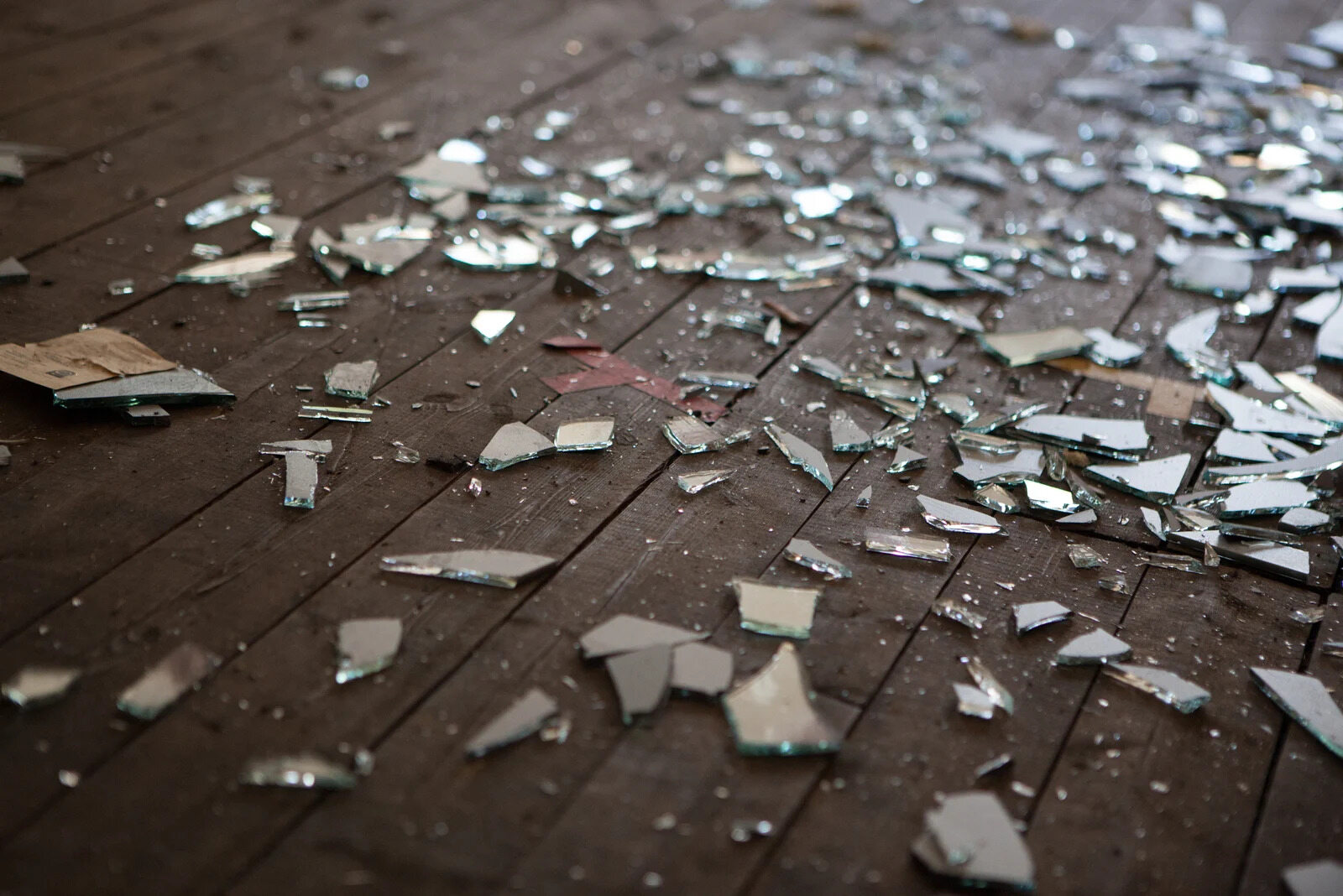
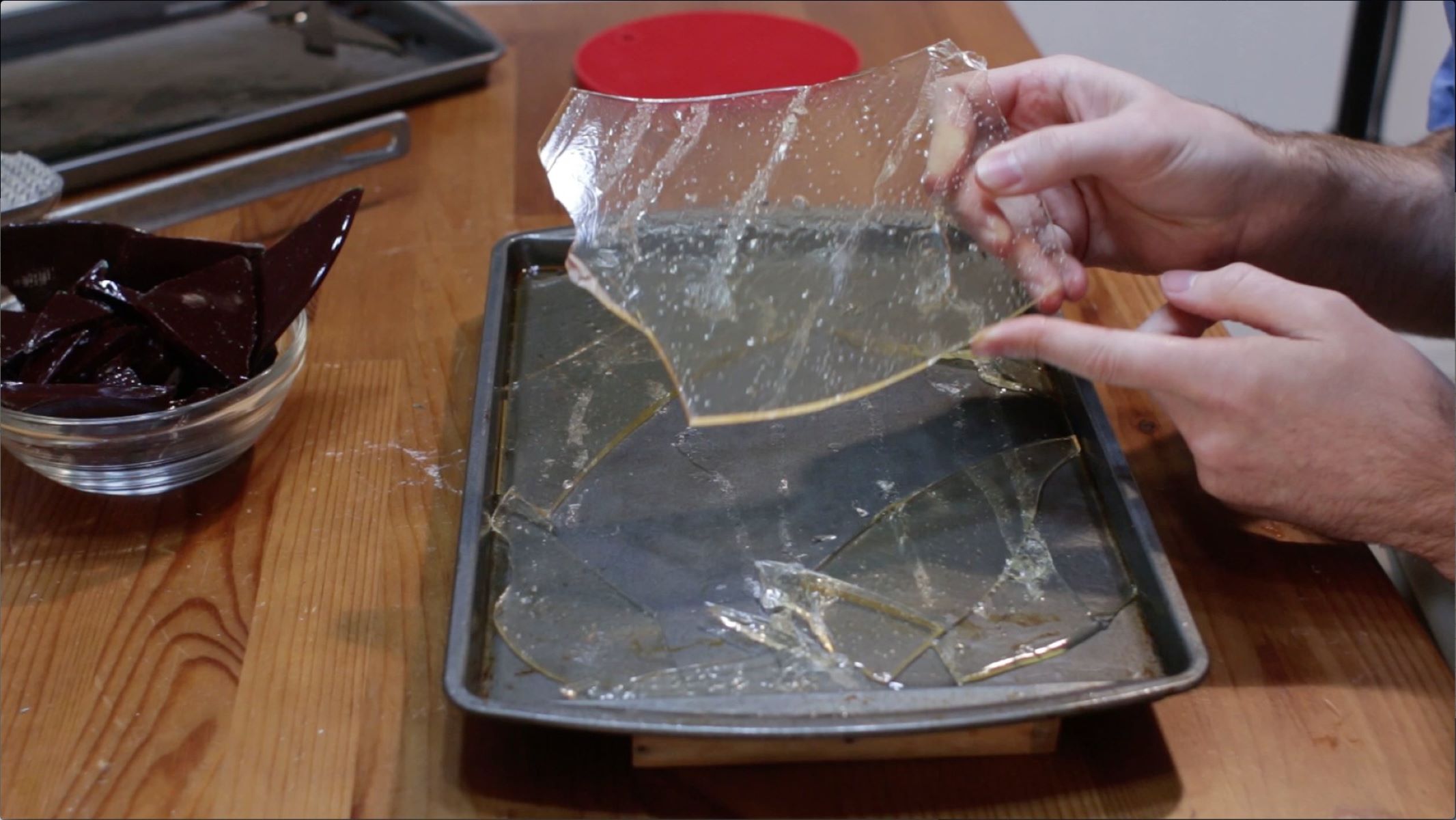
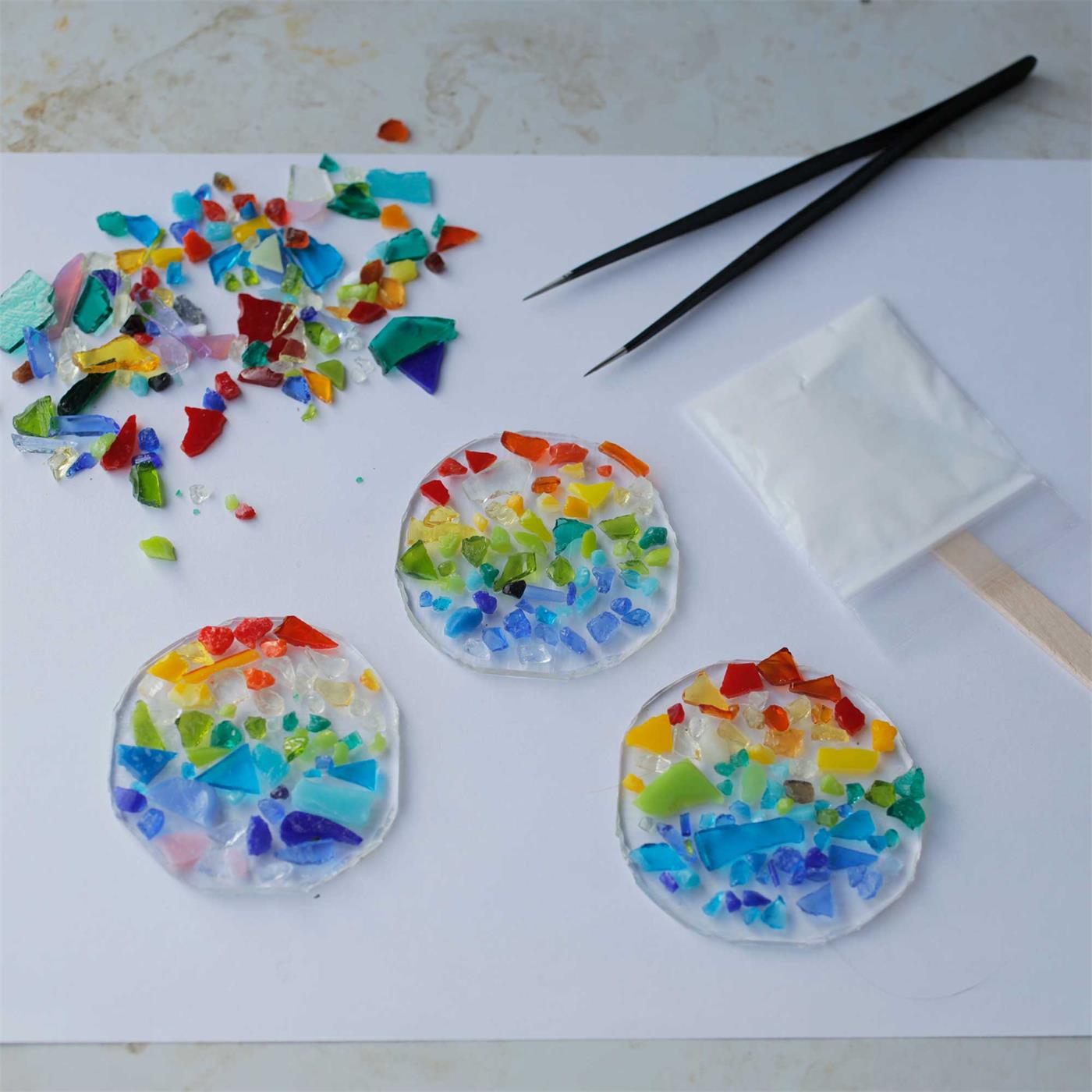
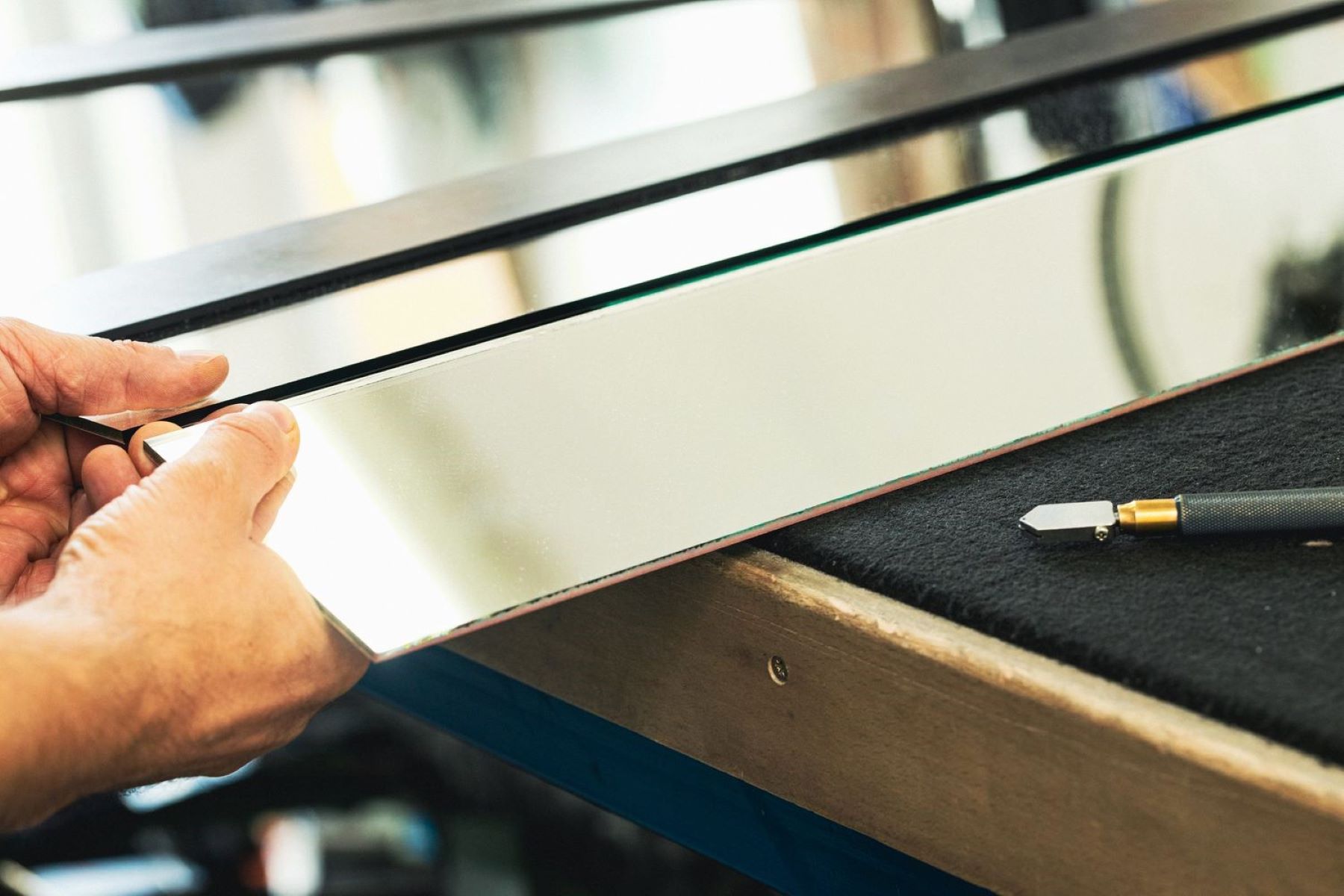
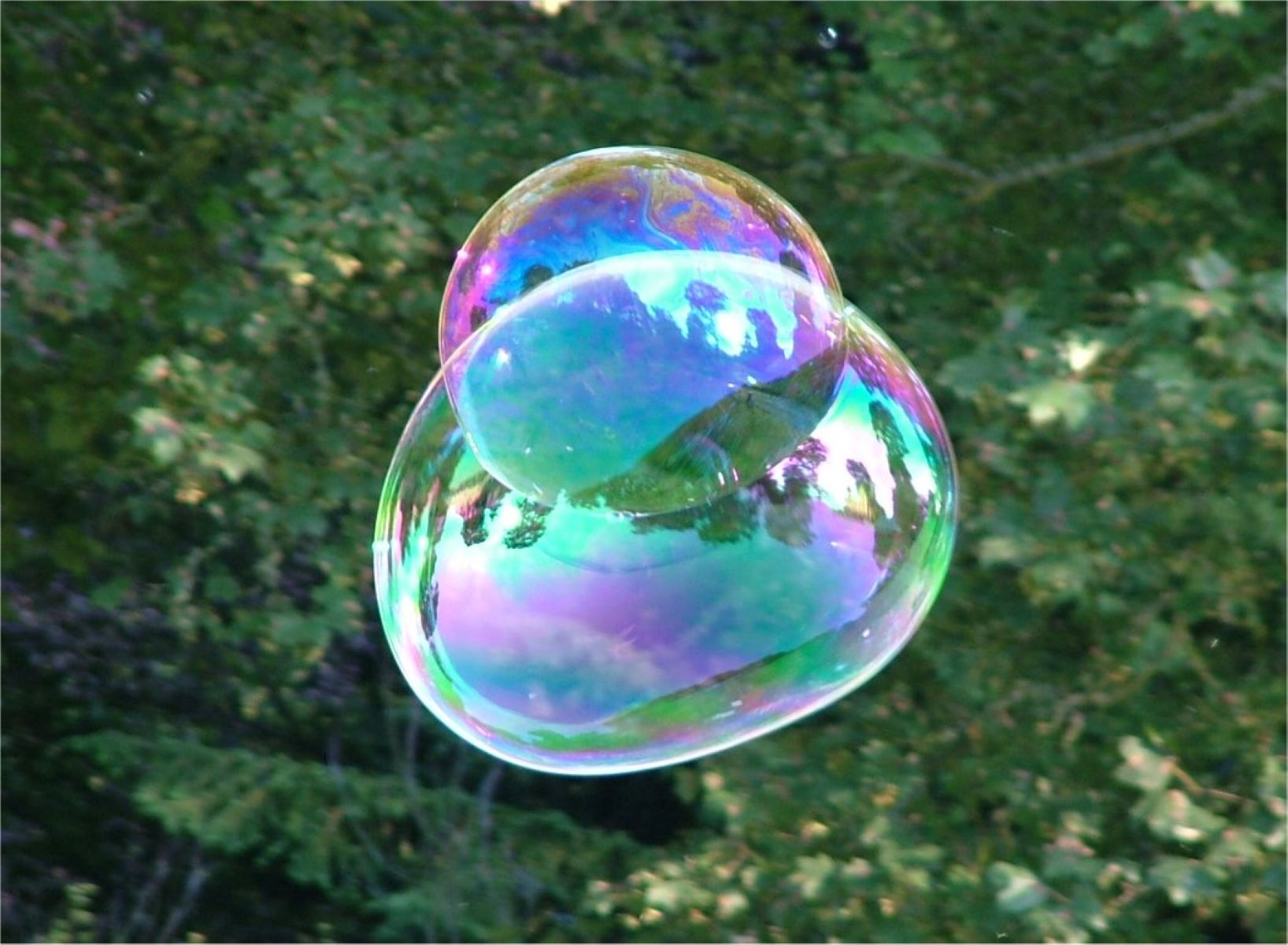
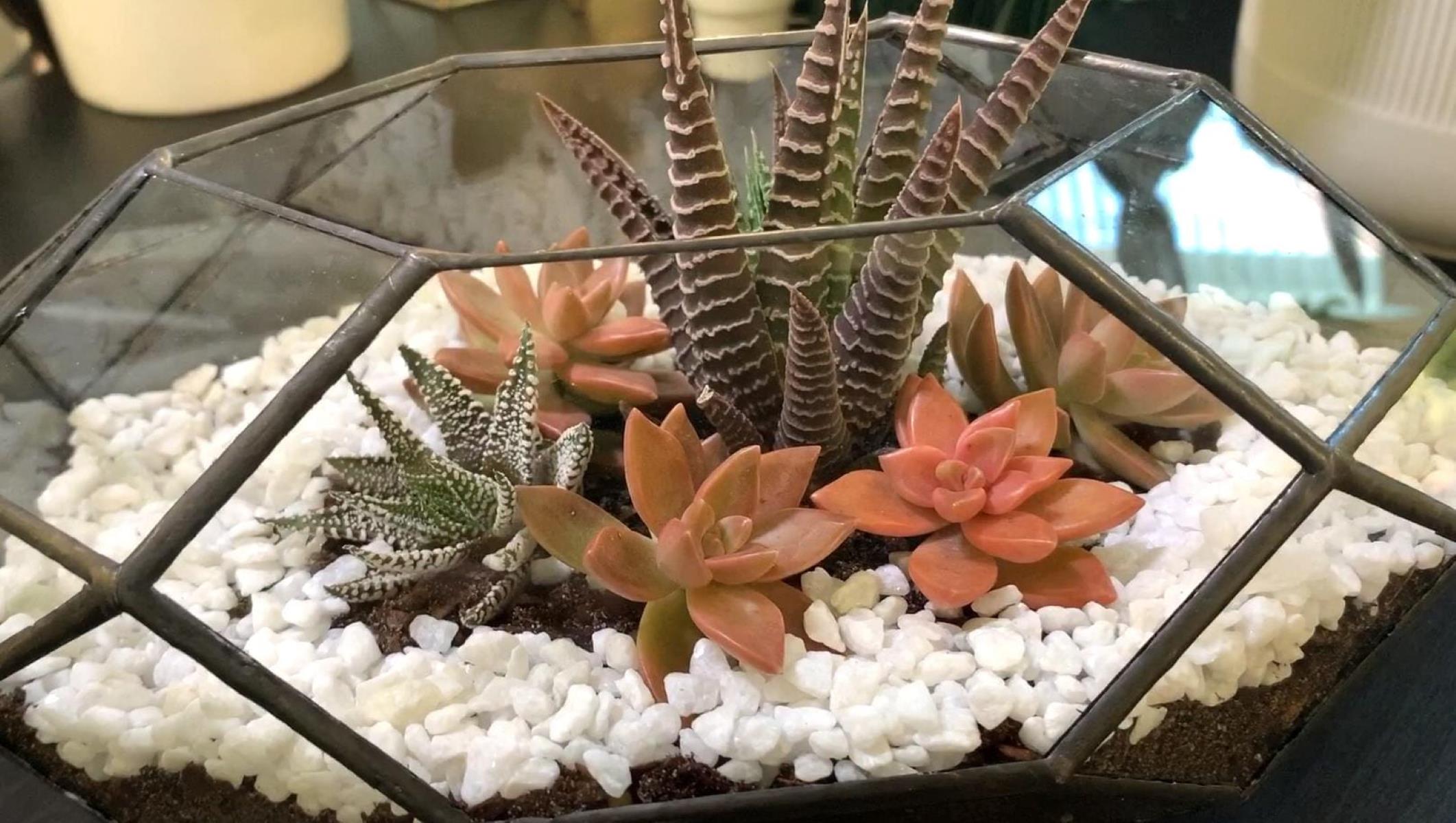


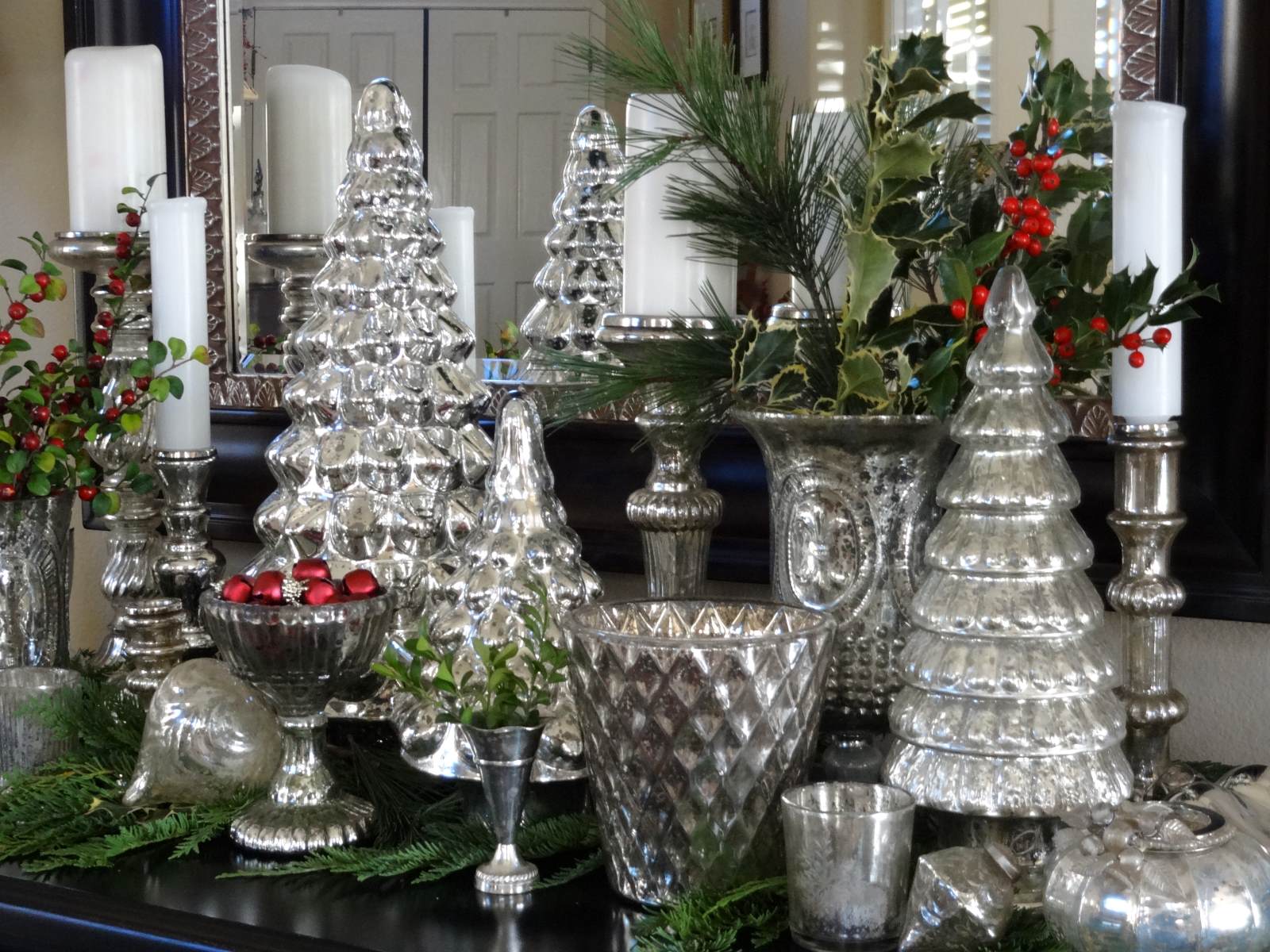
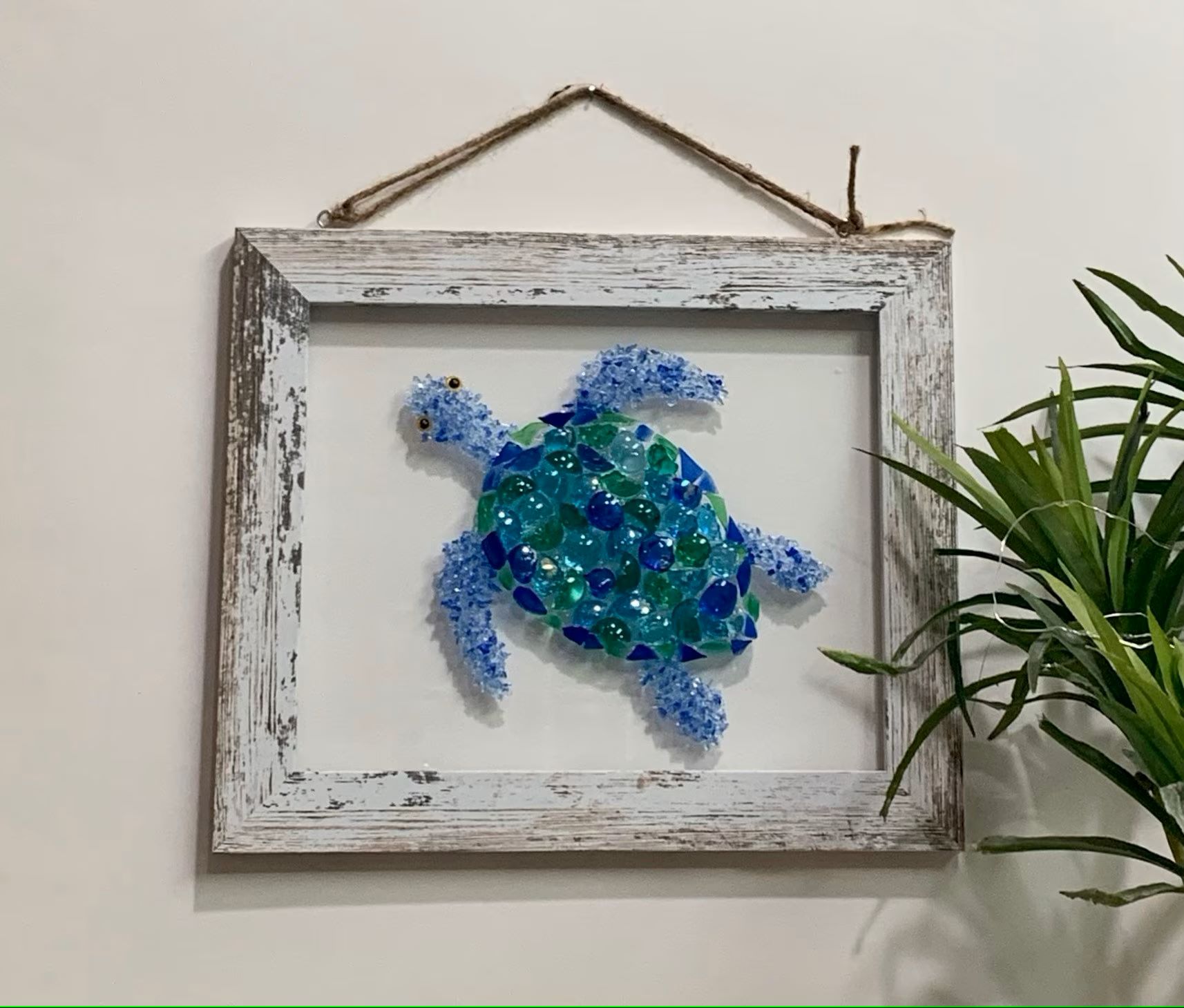
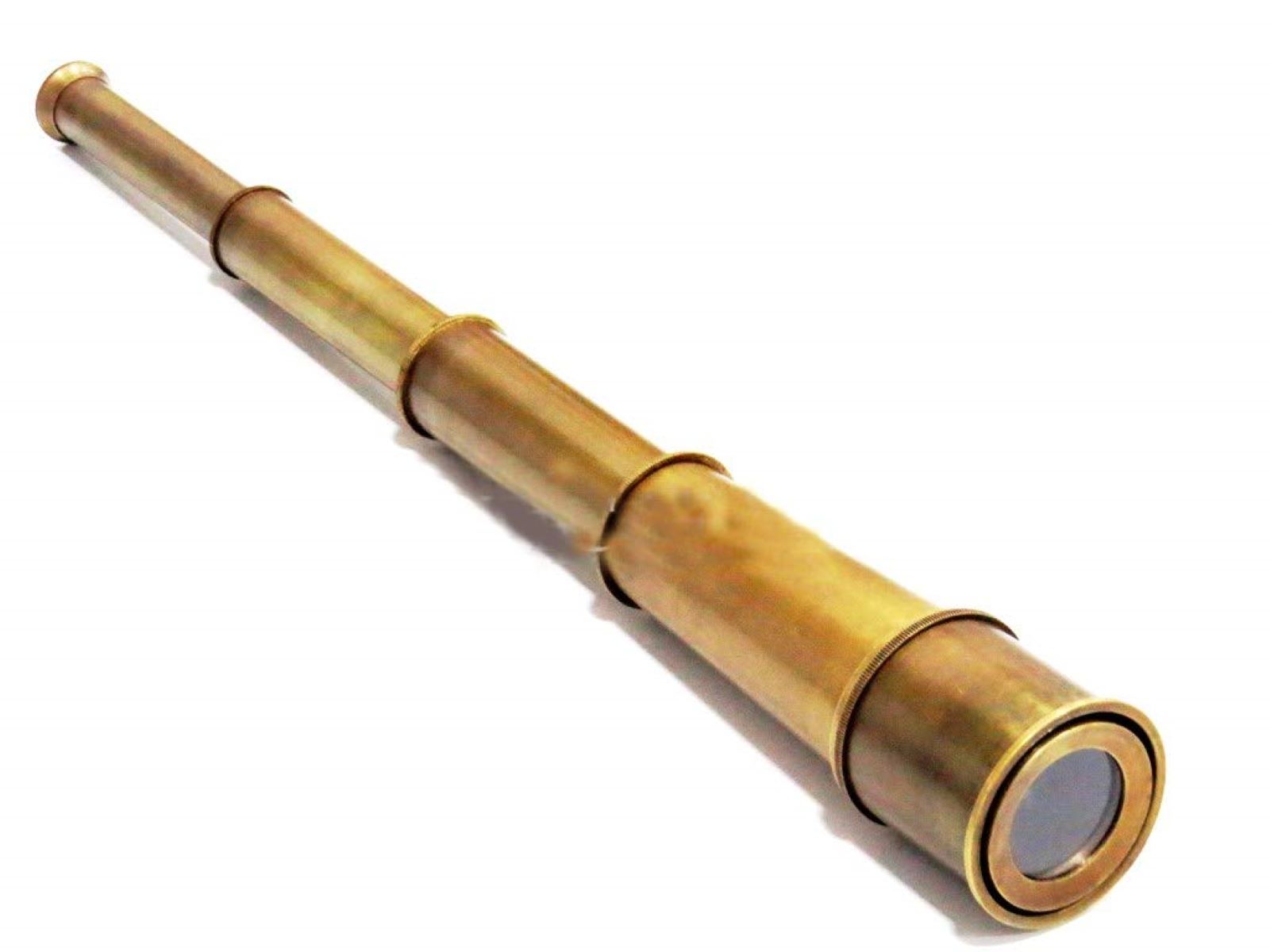
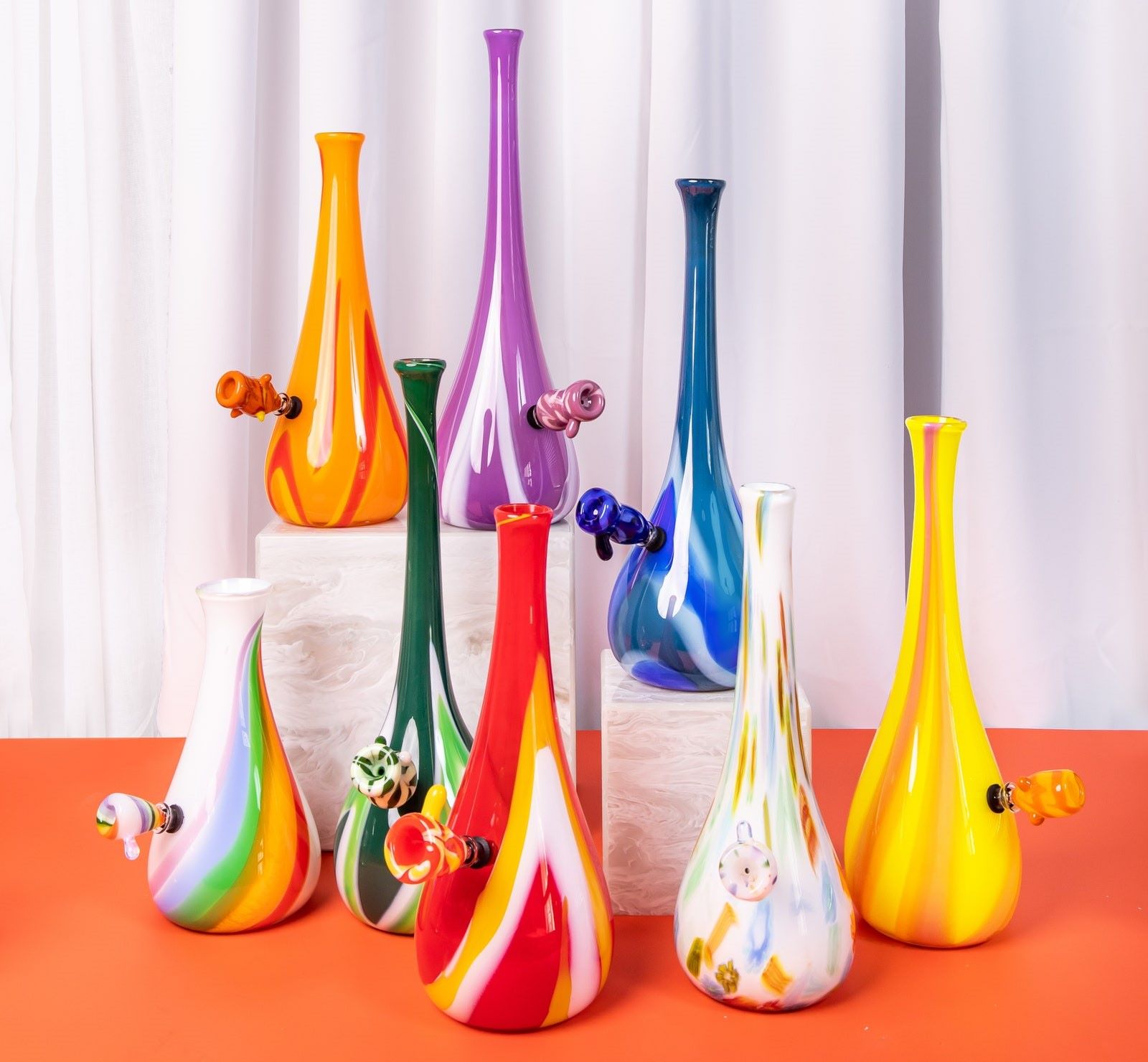

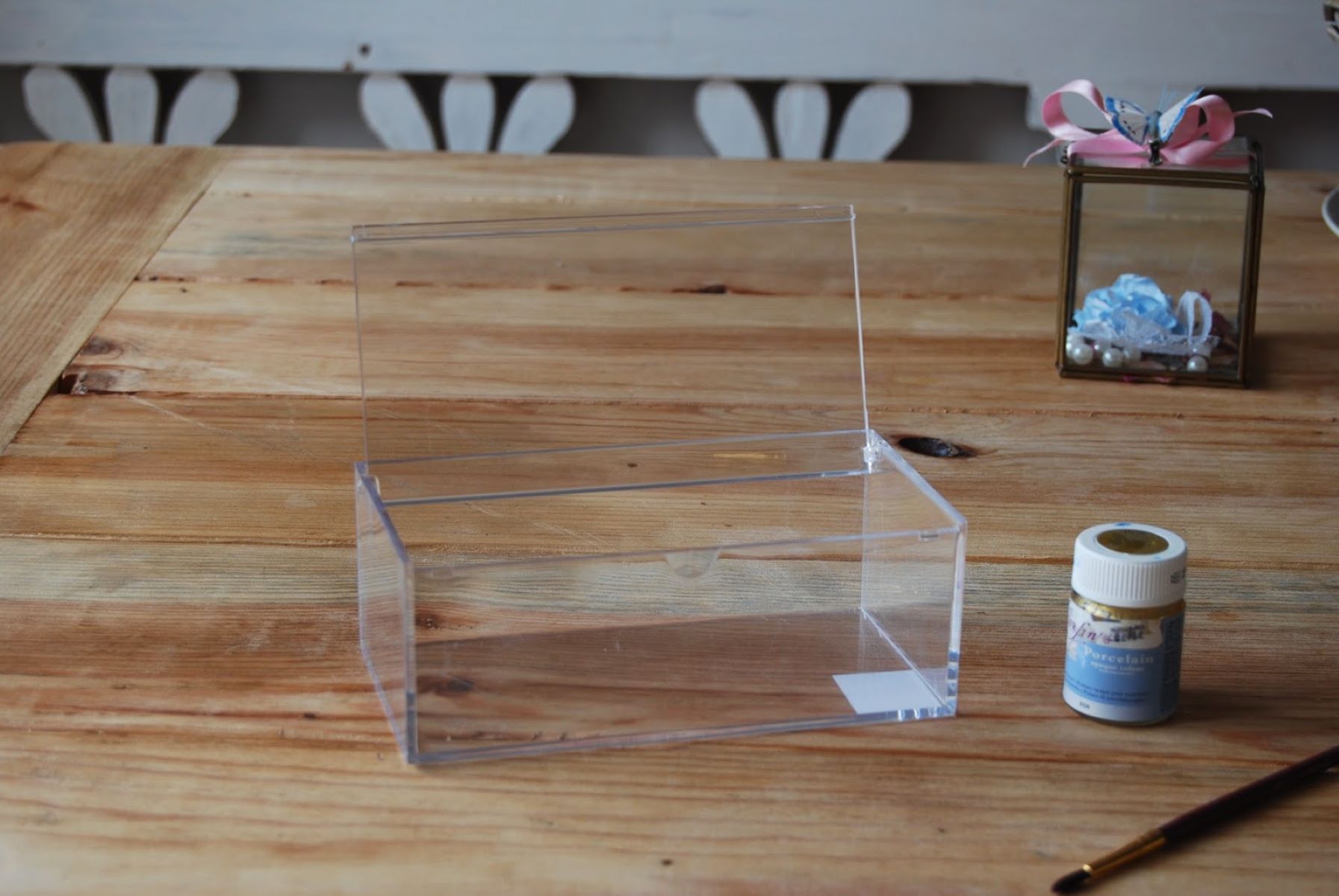

0 thoughts on “What Makes Glass”